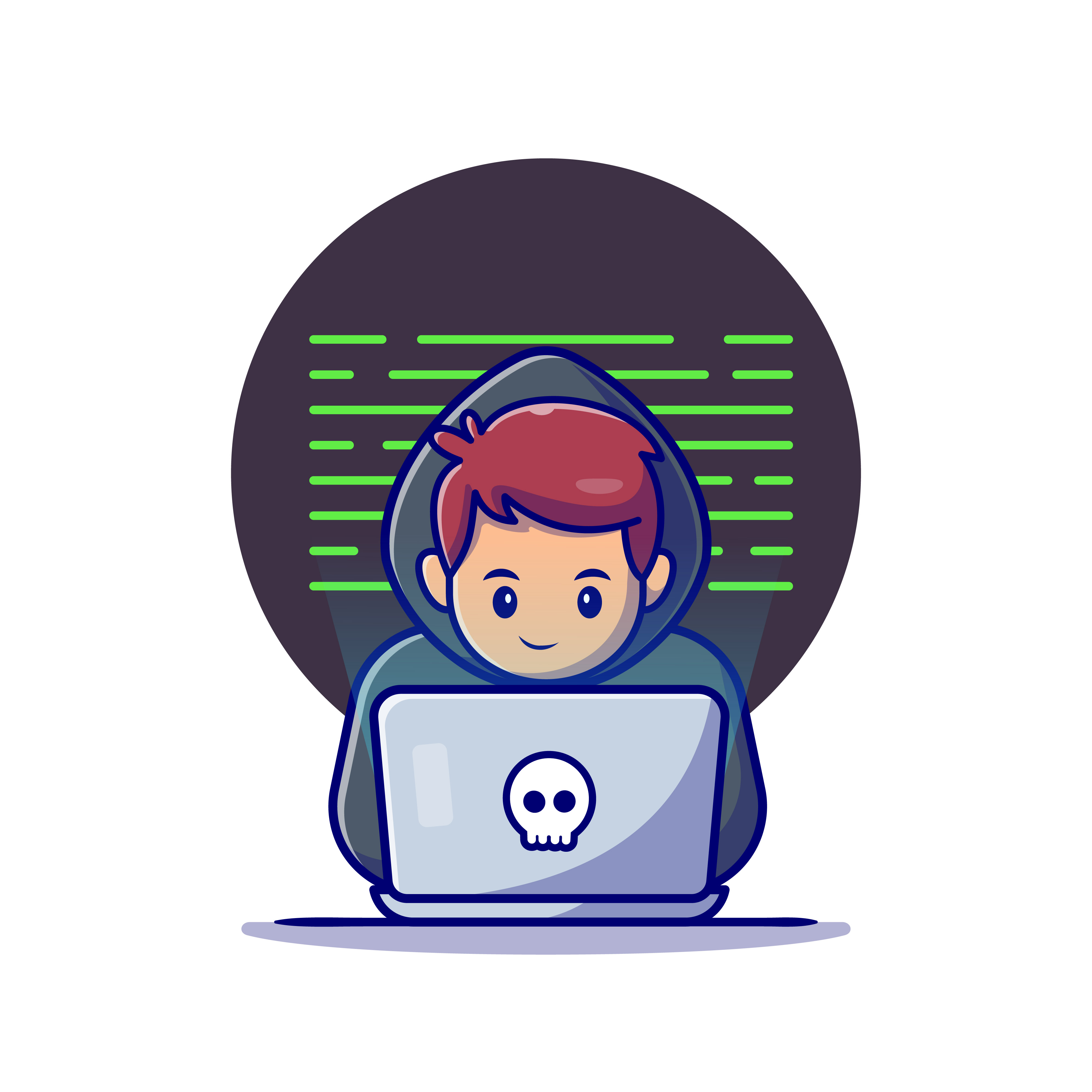
Use Ethical Hackers To Improve It Security
Use ethical hackers to improve IT security
 News
News
- 13-07-2021
- by Admin
Information security is the need of time! Protecting your digital assets is more important than ever. Is ethical hacker your solution? Your web servers, emails, websites and applications are vulnerable to malicious attacks from any corner of the world. There are many ways to improve the security of digital assets. One method is to use ethical hacking methods to improve security. This is different from malicious hacking by criminal hackers.
In this article, we will discuss the use of ethical hackers to improve IT security.
Why should you worry about hackers?
Hacking attacks can lead to the loss of sensitive information, not only costing money, but also leading to customer trust. All companies, big or small, are vulnerable to hacker attacks at any time. Some of the most serious hacking attacks have revealed the fragile state of digital assets.
In October 2013, a group of hackers sneaked into Adobe, breaking into 38 million account credentials and encrypted credit card numbers.
In July 2013, the port freight company faced a malware attack that helped steal card data from more than 400 stores. The attack is one of many examples of using malware to leak large amounts of credit card data from online retailers.
In May 2013, the Ponemon Institute released a report sponsored by Symantec. The report shows that in the United States, data breaches cost companies approximately $188 per record. This is related to reports of violations that resulted in more than 28,000 public records. Although the attacker is making money, the cost of dealing with these compromises will increase.
In 2013, at the peak of Christmas shopping, Target encountered one of the largest violations to date. The loss affected 40,000 to 70,000 people. Target notified people of the violation before the news report and convinced people how the company would respond to it.
Responding to cyber attacks through ethical hacking
Ethical hackers are a way to deal with cyber attacks. It improves IT security by discovering and patching known vulnerabilities in applications reserved by other parties.
As public and private organizations transfer their basic functions to the Internet, criminals seize opportunities and motivations to obtain critical data. Therefore, in order to ensure that the system is protected from hacker attacks (evolved by hackers), similar security methods are required.
The risk of hackers can be reduced by encouraging individuals who will fight illegal attacks on your computer system or cloud-based servers . Ethical hacker is an assessment used to test and track potential vulnerabilities in the IT environment. This is like a hacker attacking the network, but with good intentions.
1. Reconnaissance
To successfully launch an attack, a hacker needs to know the target. Therefore, it is important to collect information about DNS servers, IP ranges, and administrator contacts. Different tools can be used, such as vulnerability scanning tools and network mapping during the reconnaissance phase. If you want to generate network graphics, Cheops is a useful tool.
These tools can help you significantly help you during the attack phase or help you get an overview of the network. When conducting ethical hacking, network mapping tools are beneficial. The attacker should have a lot of information about the target at the end of the reconnaissance phase. This information ensures the construction of a promising attack path.
2. Detection and attack
The detection and attack phase is about sneaking in, getting closer, and trying to understand the target. The next step is to try to collect possible vulnerabilities during the detection phase.
The tools that can be used during this period are many, such as network utilization; when buffer overflows and brute force may also be required. For example, even if it is a Trojan horse program, NetBus can also be used to capture keystrokes, take screenshots, or launch applications and hosts.
The detection and attack phase can be time-consuming, mainly when brute force attack methods are used or when individual software needs to be analyzed or developed.
3. Listen
It is a mixture of "detect and attack" and "listen". Listening to network traffic and application data helps to attack systems or successfully penetrate the corporate network.
Once a basic communication bottleneck is controlled, listening is particularly compelling. Sniffer is also used in the listening phase. Various sniffers are provided for all systems, from very simple to complex, from console to GUI driver. There are multiple sniffers, such as "ettercap", which can even poison ARP tables. These tables help sniff in switching environments and open up new opportunities to listen to network traffic.
4. First visit
This stage is not about obtaining root access rights, it is about obtaining any access rights to the system, whether it is a user or a root account. Once this option is available, it is time to move to a higher access level or new system, which can now be accessed through the acquired system.
5. Progress
It handles maintenance visits and is a combination of progress and stealth processes. This stage may be the most innovative and demanding stage, unlocking seamless possibilities.
Sniffing network traffic may open specific passwords, required usernames, or send email traffic with meaningful data. Forwarding e-mail to an administrator who pretends to be a known user may help obtain the required information and even help access new systems. Usually the configuration file must also be changed to enable or disable the service function or service.
6. Stealth
Certain systems are of high value, such as systems that act as firewalls or routers, and systems that can access root accounts. To access such systems in the future, relevant log files must be optimized.
7. Takeover
Once there is root access, the system can be considered a winner. From there, you can install any tool, perform each operation, and start each service on that particular computer. Based on the device, it is now possible to abuse trust relationships, develop new relationships, or disable certain security checks.
8. Refine
It may be the guidance in the final report on how to eliminate specific Trojan horses, but most of the time hackers will enforce this rule. It is an obligation of hackers to delete all traces as much as possible. If ethical hackers do not do it right, they will bring certain risks.
Hackers can use deployed tools or hide their attacks from ethical hackers. He can even try to access the attacker's system, thereby entering the ethical hacker system, and collect all data for free, sort and prepare.
Performing an ethical hacking attack and maintaining high security is a challenging task that can only be performed by experts.






